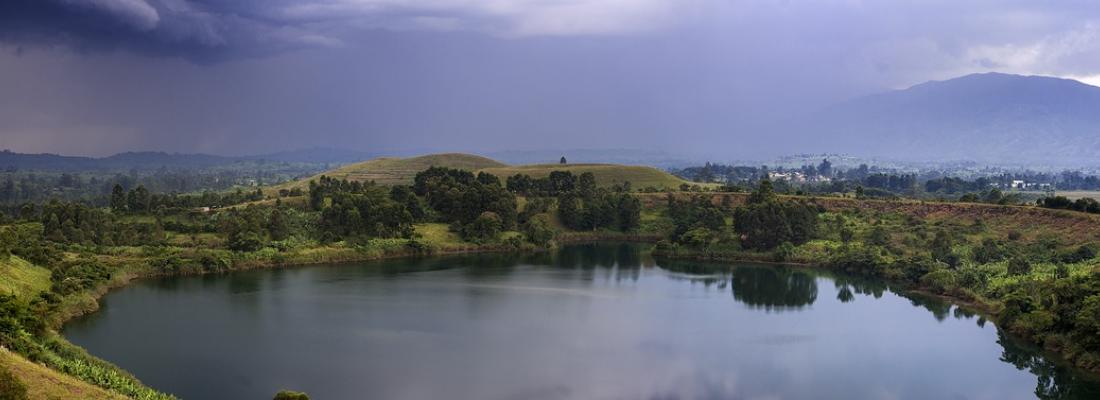Biodiversity Reading time 2 min
A success for participatory cyanobacteria monitoring in Côte d’Ivoire
Published on 25 September 2020

In bodies of water used for drinking water and bathing, cyanobacteria monitoring is necessary because these microorganisms can produce toxins that are dangerous to human and animal health. Cyanobacterial blooms can happen quickly, change rapidly and can be distributed vertically or horizontally in a body of water. This makes monitoring complex and costly, which is why it is rarely carried out in developing countries, in Africa in particular.
This research was carried out as a part of an international project addressing the sustainable monitoring and management of surface water resources used for the production of drinking water in three African countries (Côte d’Ivoire, Senegal, Uganda), with researchers from INRAE and CNRS testing the potential of a citizen approach for monitoring cyanobacterial blooms. The project was financed by the French Facility for Global Environment (FFEM).
The study was designed and carried out in close partnership with the Institute Pasteur of Côte d’Ivoire, Félix Houphouët-Boigny University and the inhabitants of three villages located on the shoreline of a freshwater lagoon near the city of Abidjan. Using a smartphone application, village residents were invited to report on changes in the colour of the water, which are indicative of cyanobacterial blooms. At the end of the two-year study, researchers collected 443 reports, the majority of which were contributed anonymously (92.8%). The study showed it is possible to mobilise local residents to monitor cyanobacterial blooms, and that data collected by local residents are consistent with data obtained through conventional monitoring techniques. Such a participatory approach also significantly improved the understanding and awareness of water quality and cyanobacterial bloom issues in the local community.
The research suggests that citizen monitoring of cyanobacterial blooms could be used to complement traditional monitoring techniques in developing countries.
|
Reference Mitroi V, Ahi KC, Bulot PY, Tra F, Deroubaix JF, et al. (2020) Can participatory approaches strengthen the monitoring of cyanobacterial blooms in developing countries? Results from a pilot study conducted in the Lagoon Aghien (Ivory Coast). PLOS ONE 15(9): e0238832. https://doi.org/10.1371/journal.pone.0238832 |
